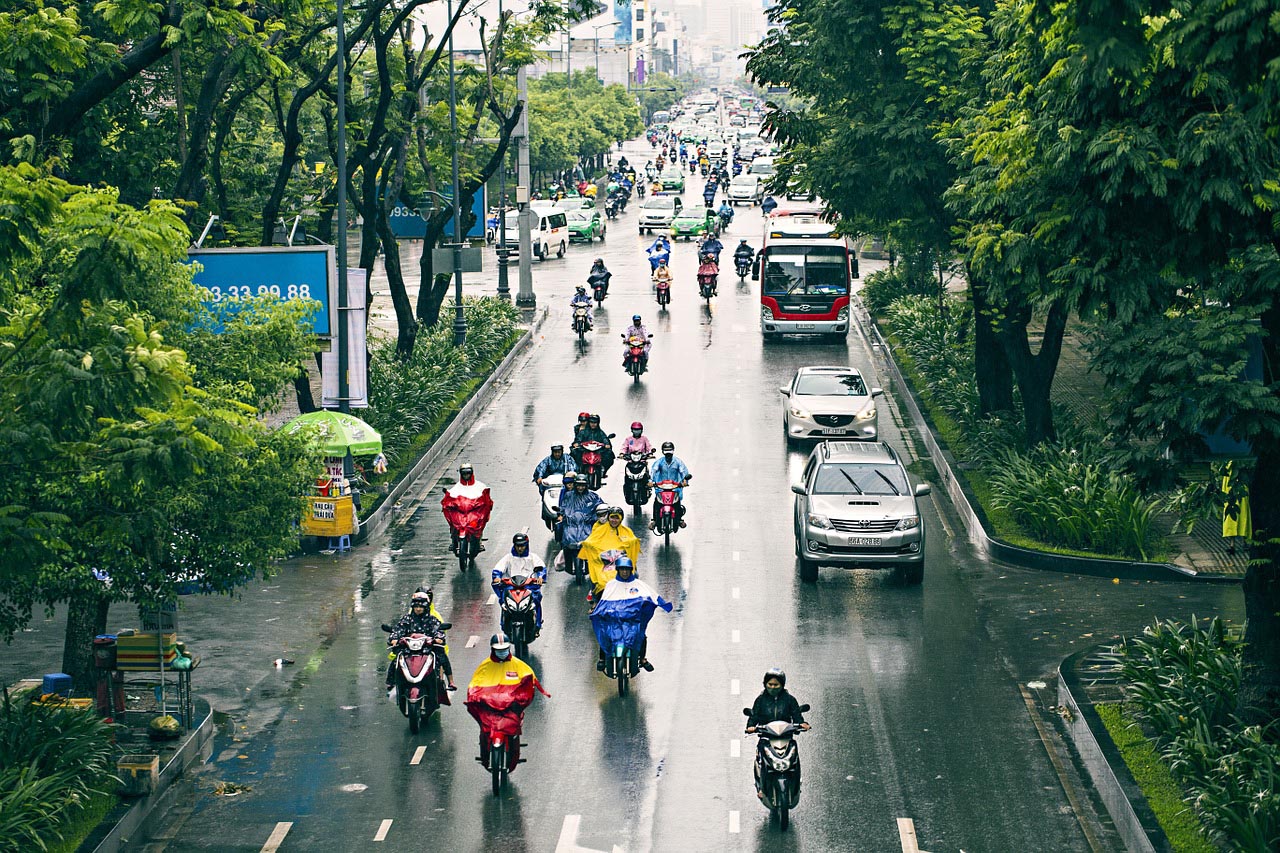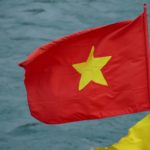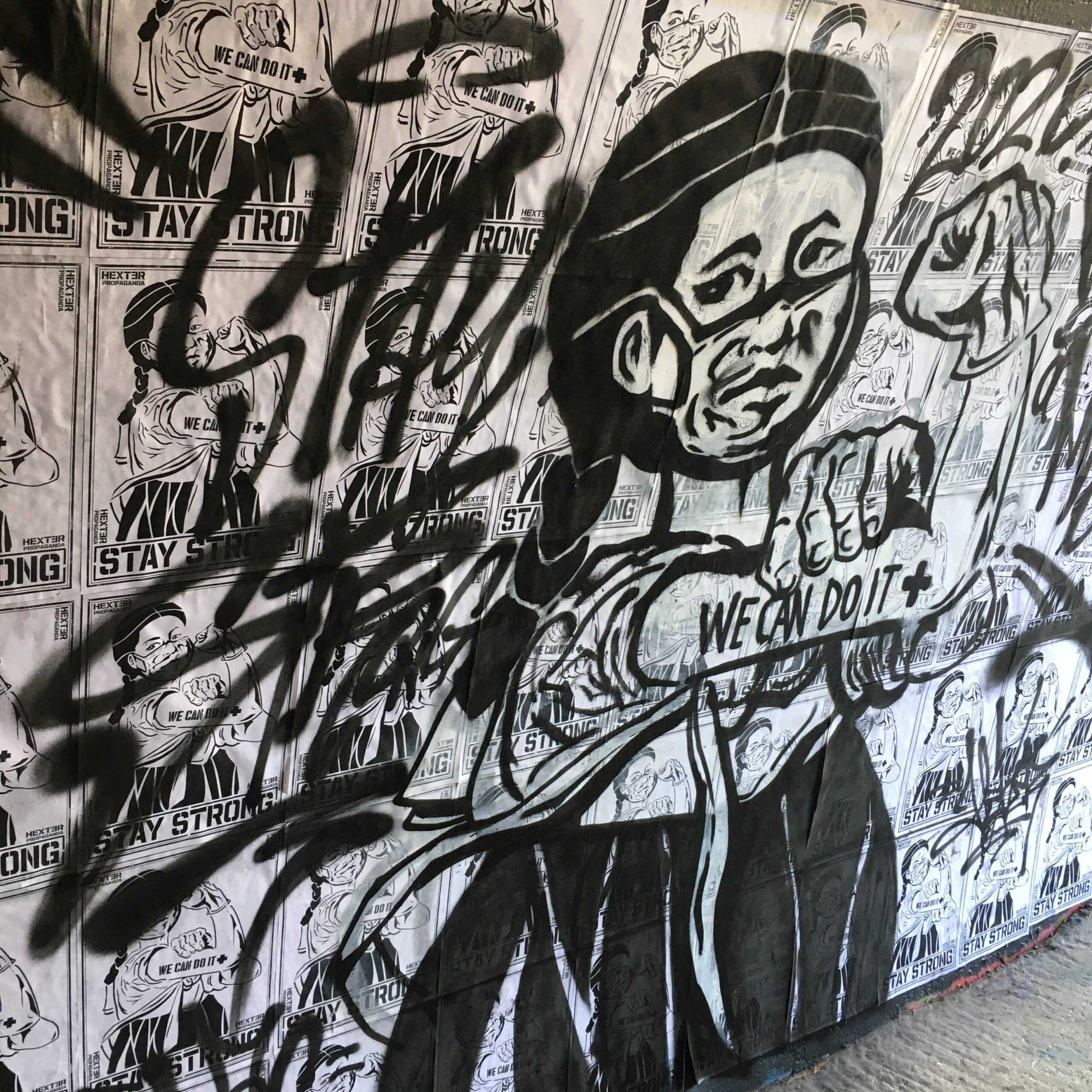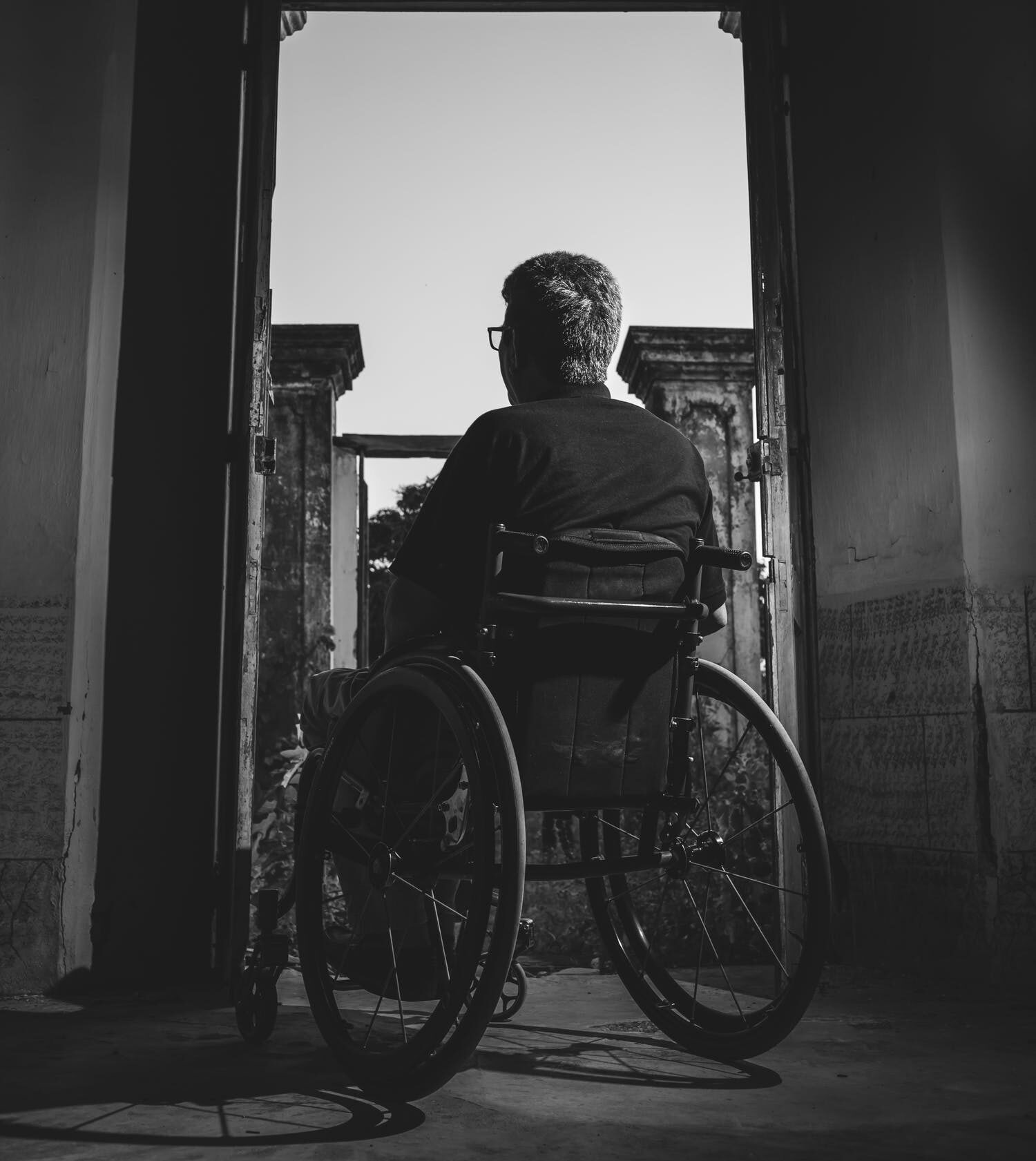Located in the south of Vietnam, Saigon today has the atmosphere of a typical tropical city. One is likely to be first impressed, rather than consumed by the humidity. Travelers may read in their tourist guidebooks that there are only two seasons in Saigon: rainy and dry, but tell that to locals and they will gladly disagree. As Saigonese typically put it, there is a hot season, and another, much hotter season.
Saigonese get about their days on their trusty motorbikes, grinding between a labyrinth of not-so-well planned streets, dressed in shades, masks, and other unique motor-gear pieces like full-body sun-dresses unseen in most other places. These unique biking outfits are made all but necessary by the scorching sunlight.
Traffic in Saigon certainly provides an impressionable scene for any first-time traveler. Every day, especially in downtown areas, swarms of motorbikes coming from every direction patiently filter through choke-holds. The process is best analogous to a school of fish tightly moving together, eyeing each other from the edge of their peripheries. Miraculously, mishaps do not occur too often despite people jaywalking all the time.
Is it legal? Do not even ask, as nobody is entirely sure. Drivers just do it whatever they please, sometimes even showing off their skills to bewildered foreigners.
If one finds navigating the streets in Saigon less than a comfortable experience, the best way to shelter oneself from the humidity is to pull over and step in a café. It is one of the easiest things to find in Saigon; Saigonese run on coffee as much as their bikes run on petrol.
In a typical cafe, one finds a mixture of locals leisurely sipping away their day, and others just stepping in for a quick refuel before heading to their next destination. Saigonese coffee brewing is as iconic as they are surprisingly low-tech. Coffee grounds and steaming water go in a metal filter called phin, and with a few fist pounds on the table, coffee comes dripping out. Saigonese typically like it bitter and with ice, which is understandable given the temperature. The process is very simple, but the resulting flavors can have such depth that is anything but simple.
Architecture here reflects the many influences to have shaped Saigon across its long and global history. There are French colonial buildings as well as pagodas and temples of Chinese and Indian cultures. In downtown areas, modern skyscrapers, extravagant shopping malls, wide boulevards and fancy billboards speak to the American pop culture and municipal governance that once dominated the city.
The most common architectural trope is the legendary “tube house.” Densely knitted, these narrow tower homes trade width and depth for height to afford enough living space to Saigon’s ever-increasing urban population. These diverse architectural features, both classic and modern, exist side by side in Saigon, creating an interesting patchwork of culture and history that some find charming. As a tourist, or as a resident, one will always have hidden little nooks and corners in Saigon to discover and appreciate.
While these features may distinguish Saigon from other metropolises in the world, it does not do so much to set it apart from other cities in Vietnam. The single attribute that makes Saigon truly stand out is its people.
The city is home to migrants from across Vietnam, various peoples bringing along unique cuisines, accents and ways of life. There are certainly families that have called Saigon home for centuries, but the distinction between new migrants and old locals seems almost non-existent. One need not be born, nor spend a lifetime in the city to feel welcome. No one can claim that he knows all about Saigon. Everyone knows they only have to walk the streets of Saigon to be deemed Saigonese. In a sense, there is no such thing as “Saigonese,” only the people of Saigon.
The reason for such openness and flexibility perhaps has its roots in the city’s turbulent history. As history suggests, all are immigrants of one sort or another to this rather young city. Additionally, people of Saigon today are perhaps just keenly conscious of how discrimination once rendered lives miserable in a not-so-distant past.
More than 40 years ago, the Vietnam war came to an end on the soil of Saigon. Saigon officially lost its name when the new regime renamed it after Ho Chi Minh — the renowned Communist revolutionary leader. For people from either side of the war, the city and nation’s destinies have been changed irrevocably.
Vietnam, North and South, finally reunited after the war. Yet after the historic unification on April 30, some Vietnamese have yet to come to terms with what they call “the fall of Saigon,” while others glorify it as “the dawn of independence and liberation.” Groups of people still get caught up in acrimonious disputes over these terms and their implications whenever April showers come along. This abstract separation somehow persists even until today.
The name “Saigon” has interestingly never left the vernacular of the Vietnamese people. Probably because of the relative shortness of the name, the name of Saigon is most in use in daily conversation. Some, in fact, point to the political undertone of the name, claiming its reminiscent and historical power, as an explanation. Perhaps, it is a way to remind the people in this city today that peace may have come, but that coming to peace with each other and with the past is much harder.
Nowadays, there are more and more young people who only know Saigon in its peaceful days. The hasty rhythm of life does much to shave off some of the hostile remnants of the war. Saigonese today have more benevolent causes for pride in their city: boxes erected on street corners for charity bread for the homeless; ice-tea fountains ready to serve thirsty passersby free of charge; or numerous other stories about the trademark kindheartedness of Saigonese.
All these monuments of kindness today share one thing in common: nobody knows who is behind such deeds, and nobody bothers to claim them either. Why? — It is the Saigon way.
- Are We Seeing the North Korean Nuclear Crisis Coming to an End? - May 23, 2018
- Reading Trump’s Whimsical Stance on TPP - April 23, 2018
- China Scraps Presidential Term Limit: Implications for the World - March 25, 2018






